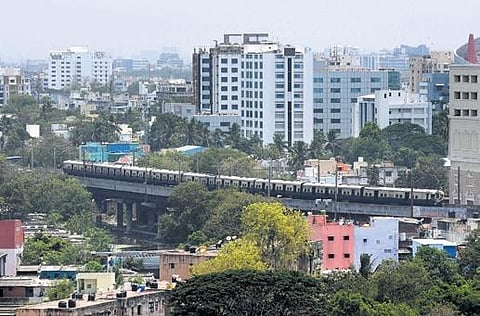

CHENNAI: Chennaites’ travel behaviour will be mapped using new software by the Chennai Unified Metropolitan Transport Authority (CUMTA) to prepare a revised transport roadmap for the next 25 years.
Systra, the consultant appointed by CUMTA, will come out with a transport model that will integrate household activities, land-use patterns, traffic flow and regional demographics.
The model will be able to estimate travel behaviour in response to economic conditions, network conditions and facilities, residential and employment location, land use and adaptive behaviour in response to transportation system changes.
Sources said the consultant will develop the 4-stage transport demand model using Vissum, one of the world’s leading transport planning software. The model will be based on data collated from primary surveys and secondary resources for the entire Chennai metropolitan area (5,904 km).
The software will be capable of multi-modal split, transit assignment and assessing variations in speed and frequency due to changes in overall traffic volume and fare. It will also reflect the impact of new land-use developments or control policies.
An inception report of the revised comprehensive mobility plan, prepared by the consultant, was submitted to the government recently. Sources said it will be reviewed by a high-level committee to work out other strategies.
The revised CMP focuses on green, resilient, inclusive, development-focused and safe (GRIDS) principles focusing on the movement of ‘people’ instead of vehicles. The plan will look at mass transit options that will complement the proposed metro alignment. It will be another light rail system or a bus rapid transit system (BRTS), sources said.
BRTS, a dedicated lane for buses, was mooted nearly eight years ago but it never took off despite a detailed project report for five corridors was taken up. Compared to all other proposed transportation networks, BRTS costs the least as it does not require commissioning of crores-worth new infrastructure. Experts believe the system would help increase patronage of public transport from the present 27% to 40%.
The CMP is also looking at Metrolite, an upgraded tram-like mode. Metrolite, which will cost around 40-50% of metro rail system, could link metro rail corridors under Phase I and Phase II which are five to six km apart. The comprehensive mobility plan is being revised after the final draft was finalised in February 2020.